In the last few years, astronomers have begun to realize that our solar system may be visited by interstellar objects
Continue reading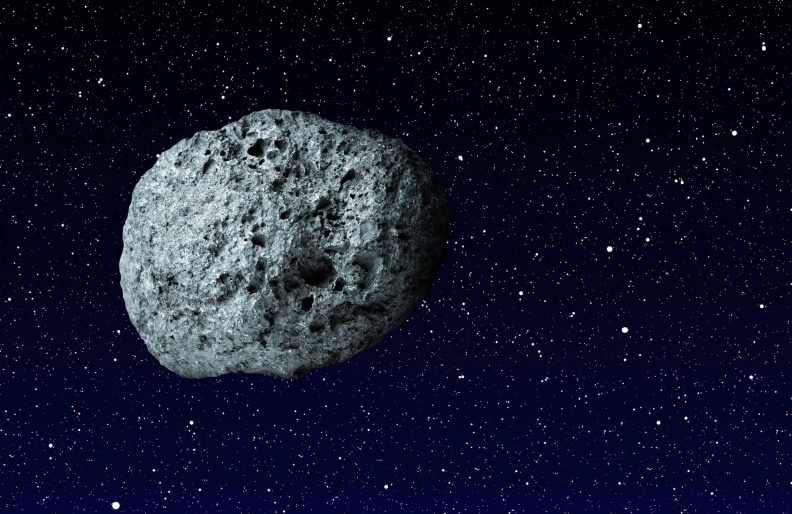

In the last few years, astronomers have begun to realize that our solar system may be visited by interstellar objects
Continue reading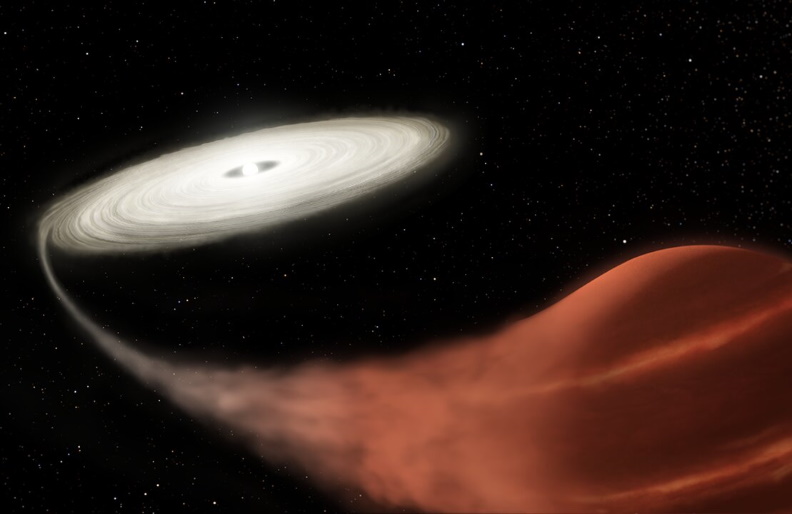
NASA’s Kepler spacecraft was designed to find exoplanets by looking for stars that dim as a planet crosses the star’s
Continue reading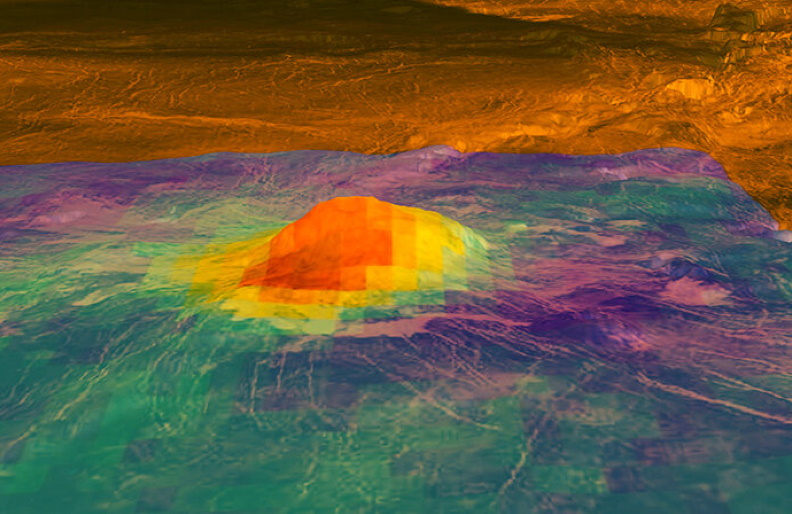
New research led by Universities Space Research Association (USRA) and published today in Science Advances shows that lava flows on
Continue reading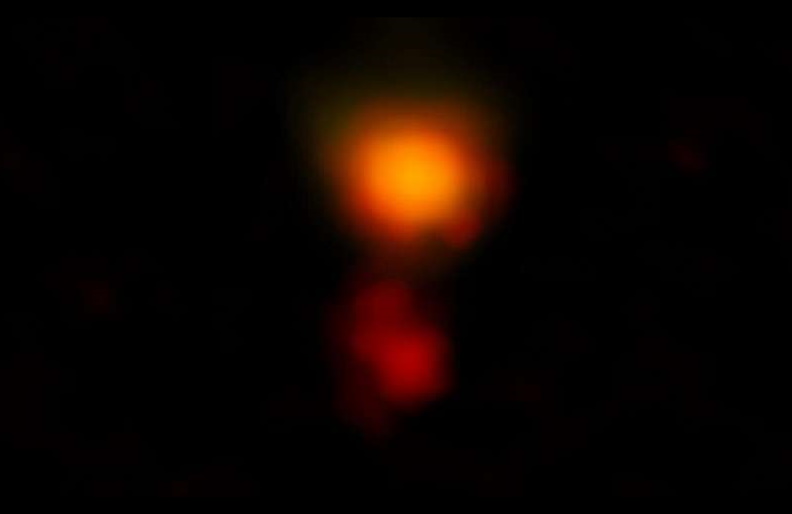
Astronomers using the Atacama Large Millimeter/submillimeter Array (ALMA) have spotted the light of a massive galaxy seen only 970 million
Continue reading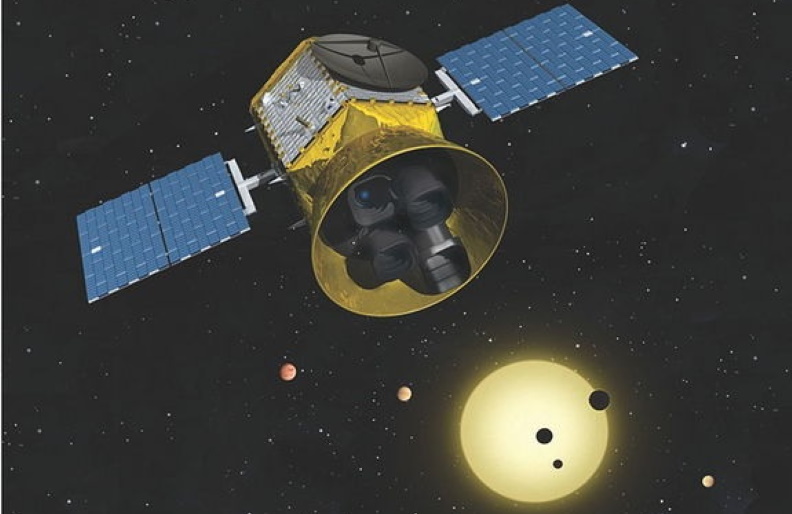
Using data from NASA’s Transiting Exoplanet Survey Satellite (TESS), astronomers at the University of Maryland (UMD), in College Park, Maryland,
Continue reading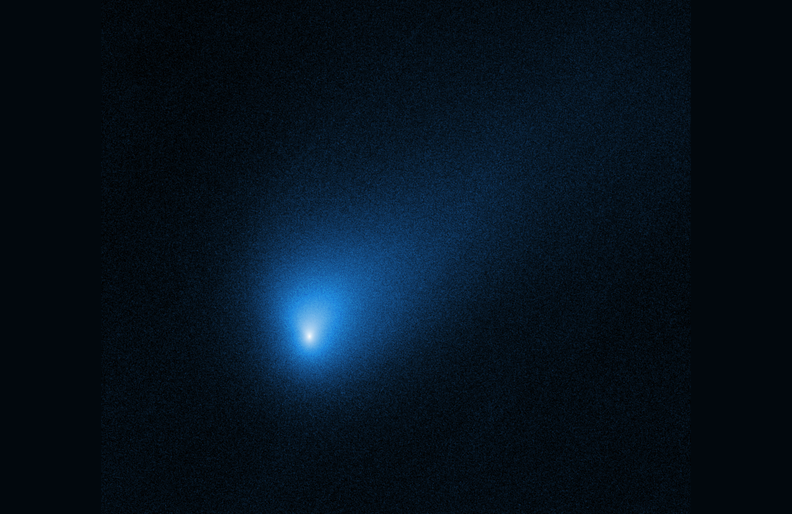
From the tallest peak in Hawaii to a high plateau in the Andes, some of the biggest telescopes on Earth
Continue reading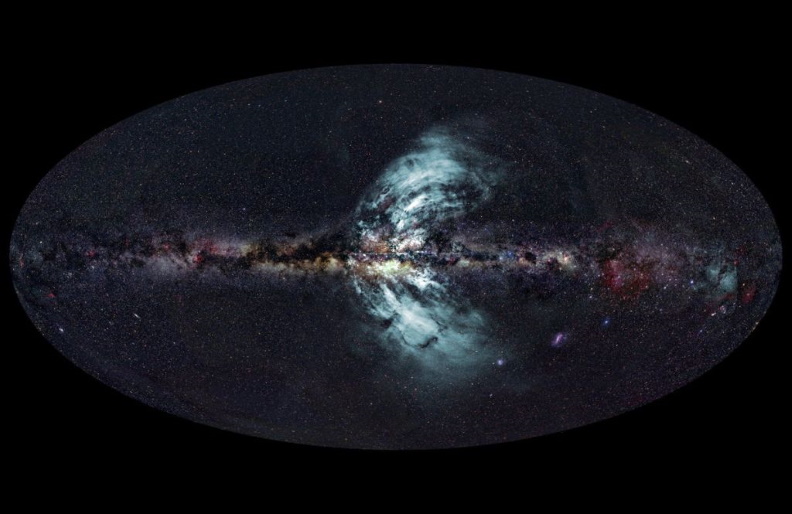
There might be cracks in space-time, but humanity’s telescopes can’t see them. The cracks, if they exist, are old —
Continue reading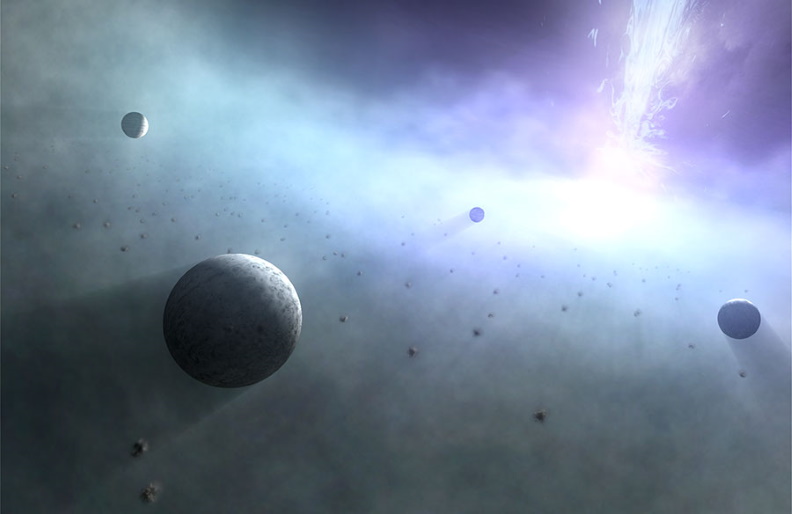
Perhaps the greatest discovery to come from the “Golden Age of General Relativity” (ca. 1960 to 1975) was the realization
Continue reading
In some ways, the most Earth-like world in our solar system (other than Earth, obviously) is Saturn’s largest moon, Titan.
Continue reading
Scientists have redefined the conditions which could make an exoplanet potentially habitable, narrowing down the number of worlds that could
Continue reading
Researchers using telescopes around the world confirmed and characterized an exoplanet orbiting a nearby star through a rare phenomenon known
Continue reading
Wielding state-of-the-art technologies and techniques, a team of Clemson University astrophysicists has added a novel approach to quantifying one of
Continue reading